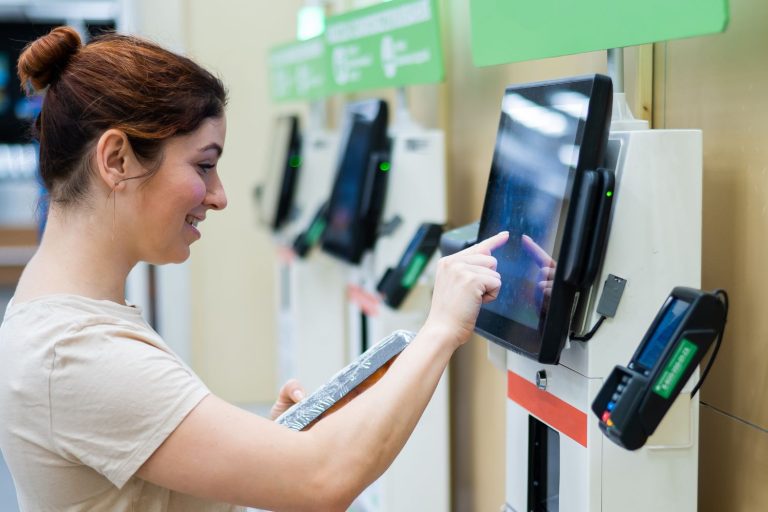Patient Communication Beyond Reminders: 4 Ways Secure Chat Can Help Your Practice
“Customers are like teeth. Ignore them, and they will fall off.”
This cheeky adage rings true, especially in today’s consumerism-driven era. Modern-day customers prefer brands that make an effort to understand them and go the extra mile to keep them engaged.
When it comes to the healthcare industry, it’s no different. Customers, aka patients, want to take part in their healthcare decisions actively. They expect convenience, engagement, and above all, exceptional services. While healthcare has ventured into the practice of using email and SMS, stringent regulations have created roadblocks that prevent organizations from exploring the full advantage. That’s where secure chat comes in.
A secure messaging platform encrypts the messages transmitted between the practice and patients. Also, it ensures that the messages cannot be stored or transmitted over telecommunication networks. All these features guarantee compliance with HIPAA privacy.
Engaging ways to use secure chat
Now that a secure messaging platform takes care of compliance complexities, your practice can leverage the communication channel to build better patient relationship.
So, where does the problem lie? Most healthcare organizations come across as an awkward texter – the one who reaches out rarely and has very little to say. Well, your patients expect to hear from you often. In fact, 73% want texting to go beyond reminders.
Here are four use cases where your practice can implement secure chat to engage your patients.
1. Communicate post-visit messages
Do you know what the worst thing you can do after meeting a person is? Ghost them.
That’s how patients can feel when your practice constantly texts before the appointment and maintains radio silence right after their visit.
Use the secure chat medium – i.e., email or SMS – to continue the conversation after an appointment.
- Surveys: You can send patient satisfaction surveys via secure chat to collect feedback. Such surveys will offer both the data you need to improve your care services, and at the same time, make your customers feel valued.
- Care-specific instructions: After your patient visits the practice, use secure messaging to communicate post-visit care instructions, health tips, or follow-up appointment dates.
2. Share medical documents
If persuading patients to show up for an appointment isn’t challenging enough, bringing them to collect lab reports can become quite an inconvenience.
Leverage secure messaging to share lab results, prescribed medication, and other medical documents. With less time spent making phone calls or using legacy systems, your staff can get things done quickly and effectively. As for your patients, they can conveniently access their medical documents via the secured channel.
Note: As such conversations contain PHI (Protected Health Information), make sure to get the patient’s consent before sharing medical files.
3. Inquire patient information
Did you know that 87% of adults prefer to ignore calls from unknown numbers? If your practice has to rely on phone calls to communicate with patients, then your employees are in for a taxing, frustrating experience.
Today, people prefer messaging over phone calls, and that’s why secure, two-way chat can give your practice an advantage to make conversations easier.
Secure chat works for many reasons. Patients can connect with the front office easily and get responses without any waiting. The platform is not just convenient for your patients; it makes things easier for your staff too. The front office can save hours of phone calls and maximize productivity. Also, instead of discussing patient details in a busy clinic over phone calls and potentially violating HIPAA rules, the staff can make conversations via secure chat.
Use the secured channel to request:
- missing patient data
- updated insurance details
- scanned insurance copy
and other time-sensitive information.
4. Address patient queries
The healthcare journey can feel isolating at times, marred by uncertainties and innumerable doubts. One of the most effective ways to build patient confidence is to ensure that they can reach you at any time. That’s where secure chat can help.
Using a secured messaging platform, you can allow your patients to address queries and ask questions about their care. It is always better to configure your chat tool in a way that you initiate the chat, not your patients. This will help regulate the inflow of patient queries and avoid any potential staff fatigue in addressing chat messages.
Things to keep in mind:
- Choose your preferred medium – either email, SMS, or both – based on multiple factors. Know when to send an email or text. Identify which channel your patients prefer. Consider the cost of sending an email vs. a text.
- Patient engagement is a must today, but not at the cost of violating any compliances. For instance, the HIPAA privacy policy ensures that Protected Health Information (PHI) is kept private. So, in case you are discussing PHI with your patients, you need to make sure that your secure messaging provider is HIPAA-compliant.
- As per the Telephone Consumer Protection Act (TCPA), if your patients have given their mobile number, you are allowed to send appointment-related messages (for example, lab results, post-visit instructions, medication prescription, etc.). This does not include marketing messages. If you wish to send advertising messages, you need to obtain written consent from your patients.
Ready to build better patient engagement? Contact our support to see how CheckinAsyst and its HIPAA-compliant secure chat can work for your practice.







